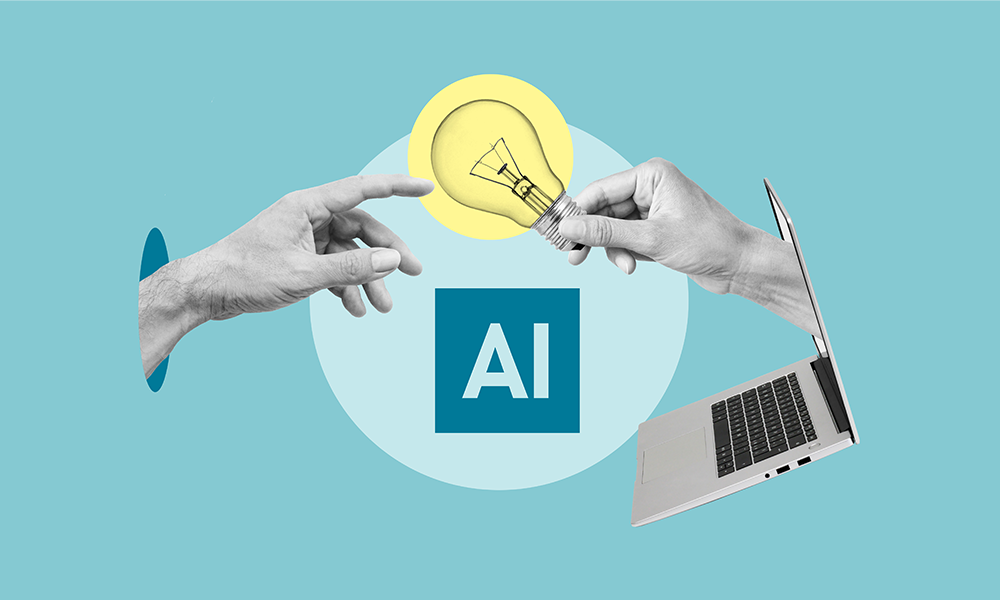AI, Fundraising, and the Future of Nonprofits: What 2026 Holds
As we approach 2026, artificial intelligence is no longer a future concept for nonprofits. It’s here. It’s growing, and it’s reshaping what’s possible in the sector. For years, nonprofits have faced a stark reality: limited funding, overburdened staff, and rising demand for services. Now, a new question is taking hold across boardrooms, development offices, and program teams: “Can AI help us do more with less, and do it better?”
The answer, increasingly, is yes. But it comes with important caveats, thoughtful planning, and a people-first mindset.
AI Adoption in the Nonprofit Sector: The Turning Point
According to the 2025 AI Equity Project, 65% of nonprofits say they’re interested in AI. Nearly 90% of purpose-led organizations report some form of AI usage, and about three-quarters say they’ve seen real improvements in productivity and efficiency.
For most nonprofits, the journey is still in its early stages. Adoption tends to focus on internal use, like automating grant writing, donor research, or impact reporting, and is especially common among small teams. Fast Forward’s research found that smaller nonprofits are leading adoption, leveraging off-the-shelf tools and custom AI models trained on public data to streamline operations.
AI interest far outpaces readiness. Only 9% of nonprofits feel confident about adopting AI responsibly. A third don’t yet see how AI connects to their mission. And fewer than half have an AI or ethics policy in place.
As AI becomes more accessible, nonprofits are experimenting and integrating new tools. They’re starting small, measuring outcomes, and scaling what works.
From Concept to Capability: How AI is Delivering Real Impact
Nonprofits are not just experimenting with AI. Many are seeing it transform the way they work. The path to that future isn’t reserved for large organizations. It’s already being paved by small, focused nonprofits willing to start small, experiment, and scale.
Take Pets for Patriots, where Executive Director Beth Zimmerman used an AI tool to cut her grant-writing time by nearly 90%. What once took her two full days now takes just a few hours. The result? More applications submitted, more funding secured, and more time to focus on strategy and relationships.
At Prospect Sierra School, an AI tool that helped staff instantly generate donor prospect reports that used to take hours. Instead of scouring databases and piecing together insights manually, development teams can now shift their attention to engaging donors personally.
Anthos Home, a housing nonprofit in New York City, is using AI to match applicants with available apartments based on a complex mix of needs, voucher types, and geographic constraints. AI doesn’t make the final decision. It simply surfaces the best options. That allows human staff to focus on helping people, not sorting spreadsheets.
These are not moonshot projects. They’re practical, accessible, and increasingly affordable. And they’re delivering measurable improvements in impact, reach, and sustainability.
What’s Holding Nonprofits Back?
Despite growing adoption, several key barriers remain:
Funding gaps: 84% of nonprofits surveyed in the 2025 AI for Humanity Report say additional investment is needed to scale. Many reported increased expenses post-AI adoption, and few funders currently support AI initiatives directly.
Skills shortages: Most nonprofits lack internal AI training budgets or dedicated technical staff. Hiring a data scientist is out of reach for many. But solutions exist from pro bono partnerships to student internships and AI-focused volunteer programs.
Cultural resistance: Staff may be wary of automation or overwhelmed by rapid change. Strong change management and inclusive rollout plans can ease adoption.
Funders also have work to do. While 81% of foundations are experimenting with AI themselves, only 5% fund AI tools for grantees. Closing that gap will be crucial if the sector is to unlock AI’s full potential.
A Playbook for 2026 and Beyond
So what should nonprofit leaders do now?
Start small, prove value: Pick one workflow. Try a low-risk AI tool like a grant assistant or donor research platform. Measure what changes and build from there.
Create a responsible AI policy: Even a simple one. Set boundaries, identify acceptable tools, and educate your team.
Invest in data hygiene: Predictive AI is only as good as the data it’s trained on. Clean, unified donor and program data is a must.
Involve the community: Seek feedback from those you serve. Ensure your AI tools reflect their needs, languages, and lived experiences.
Build your AI team creatively: Consider volunteers, pro bono tech support, or university partnerships to get started without breaking the bank.
Tell funders what you need: Frame AI not as overhead, but as a program multiplier. Show them how it drives impact and sustainability.
A Powerful Efficiency Tool
AI is not a silver bullet. But it’s also not hype. For nonprofits, it represents one of the most powerful tools in decades to drive mission-driven innovation, reduce administrative burden, and increase real-world impact, especially in lean times.
The organizations that will thrive in 2026 and beyond are not necessarily the biggest, but the most adaptive. They’re asking not “Can AI help us write a better grant?” but “How would we reimagine our entire model if intelligence was abundant and deployment was instant?”
That future isn’t five years away. It’s being built today, one chatbot, one grant, one program match at a time.
Will your organization be ready?


